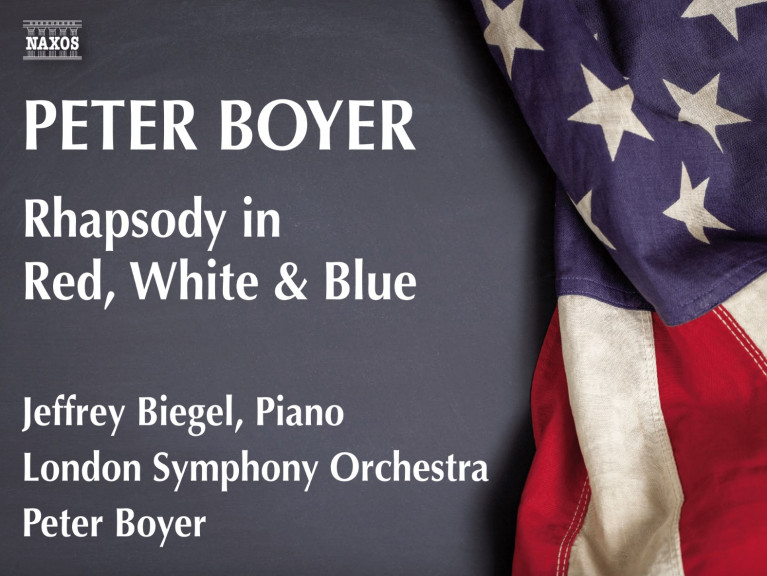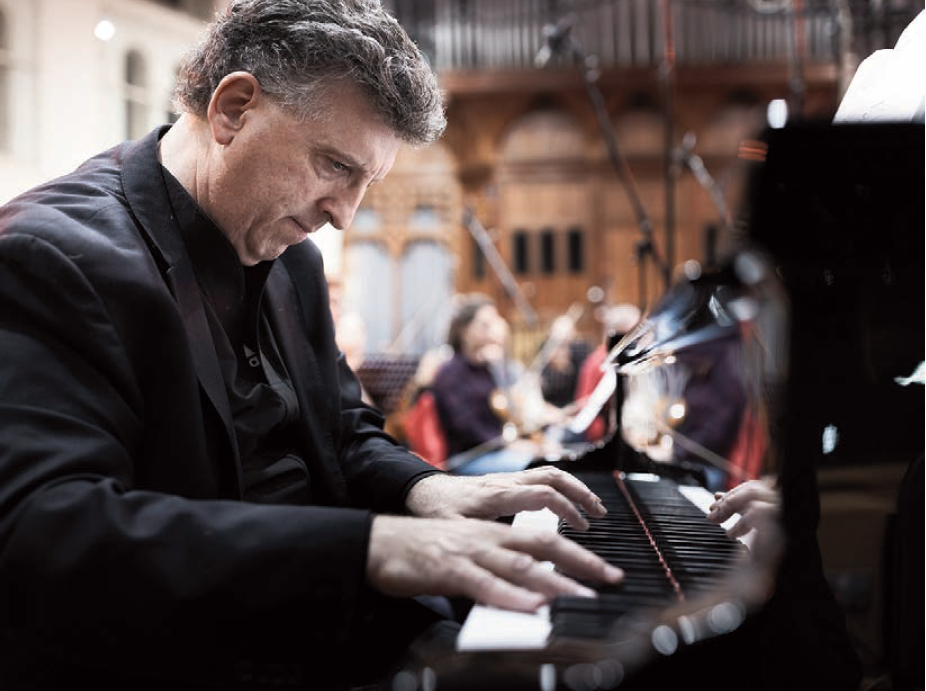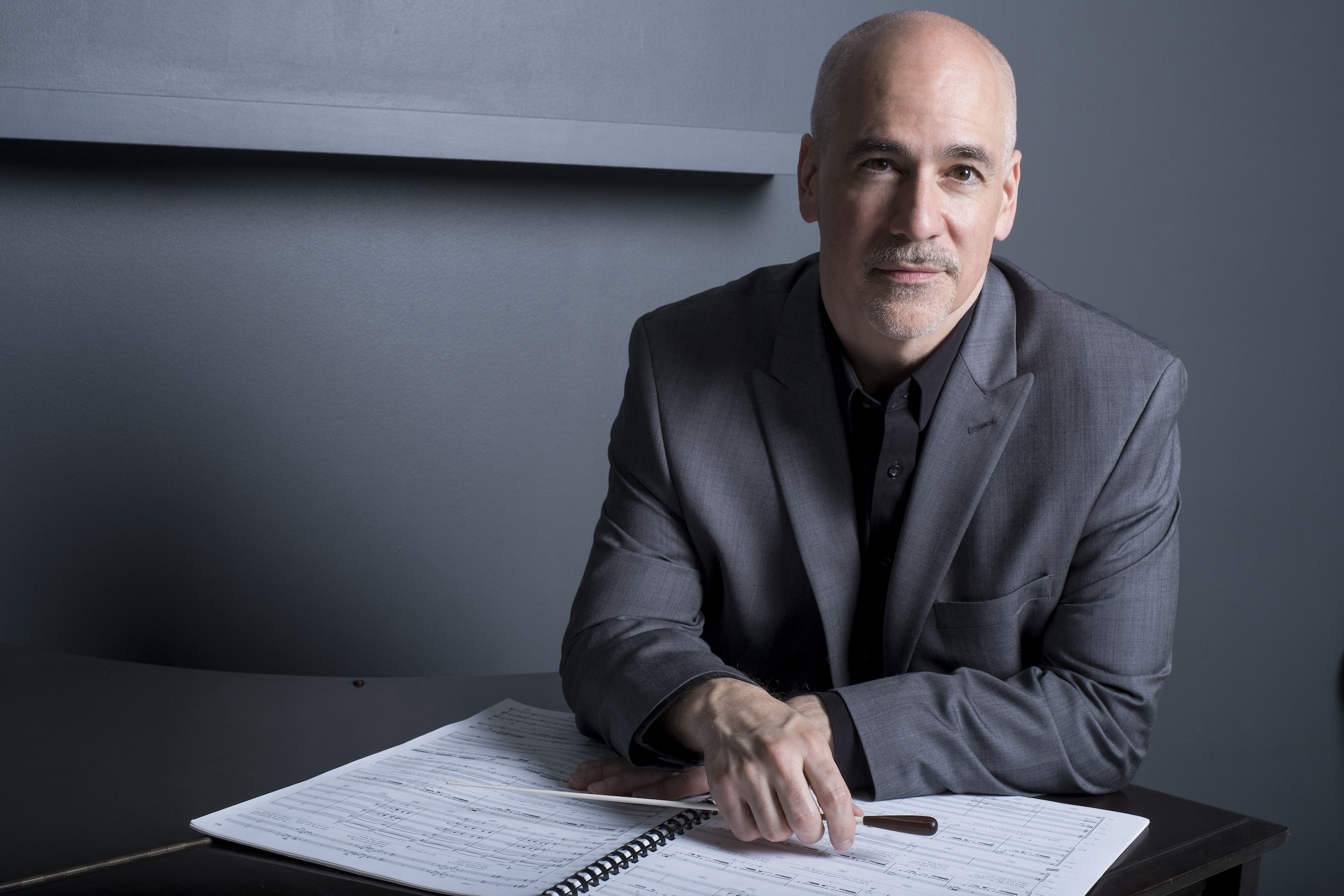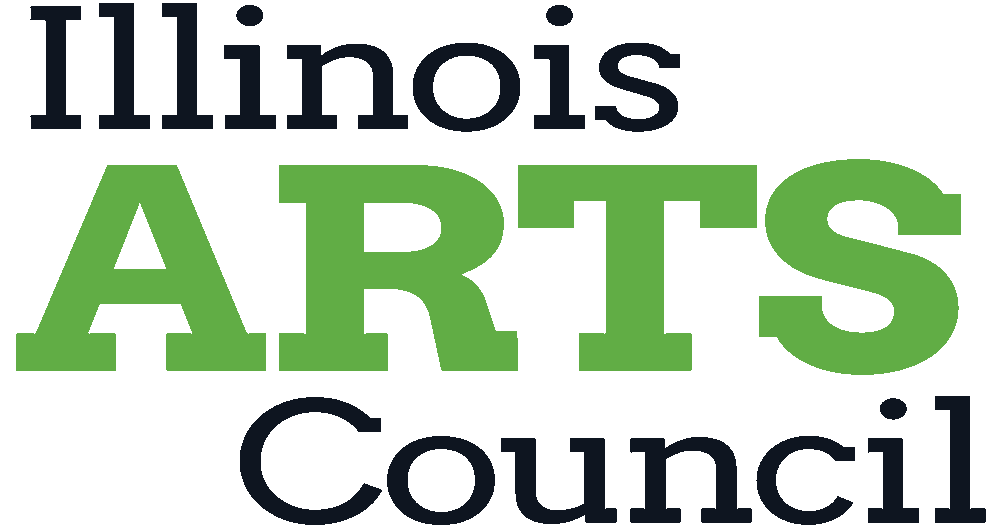Rhapsody in Blue Turns 100—and Gains a Companion Piece

February 12, 2024, marked the hundredth anniversary of the premiere of George Gershwin’s Rhapsody in Blue. To celebrate the centenary, pianist Jeffrey Biegel commissioned a companion piece from GRAMMY-nominated composer Peter Boyer. One of the most frequently performed American orchestral composers of his generation, Boyer has received over 700 public performances by more than 250 orchestras. Though Boyer was initially hesitant to compose something that would be performed alongside and draw comparisons to such an iconic piece of music, he accepted, inspired by Biegel’s indefatigable work ethic and can-do attitude.
Biegel premiered Rhapsody in Red, White & Blue on June 30, 2023, with the Utah Symphony and later recorded the work for the Naxos label with the London Symphony Orchestra and Boyer conducting. To provide a boost to American orchestras post-pandemic, Biegel also developed the Rhapsody National Initiative. The program will see Biegel performing Rhapsody in Red, White & Blue with at least one orchestra in all 50 states over the next three years at no cost to the orchestras that participate.
First, a little background on the beloved Gershwin piece: the story of how Rhapsody in Blue came to be is almost as legendary as the work itself. George Gershwin and his brother Ira were reading the paper one day in early January 1924 when they came across a startling announcement: the famous dance bandleader Paul Whiteman was holding a concert on February 12 featuring a new jazz concerto by George Gershwin. This was news to the composer. Gershwin either had forgotten about the commission, or there was a miscommunication. Regardless, he had to write something—and fast. Gershwin composed Rhapsody in Blue in just a few weeks with the help of Whiteman’s go-to arranger, Ferde Grofé. Grofé orchestrated Gershwin’s piano reduction for Whiteman’s idiosyncratic “jazz” band and later scored it for symphony orchestra.
The bustling soundscape of urban America was Gershwin’s main source of inspiration. “It was on the train, with its steely rhythms, its rattlety-bang that is often so stimulating to a composer,” Gershwin later wrote. “And there I suddenly heard—and even saw on paper—the complete construction of the rhapsody, from beginning to end…I heard it as a sort of musical kaleidoscope of America—of our vast melting pot, of our unduplicated national pep, of our metropolitan madness.” Though other classical composers before Gershwin had integrated jazz rhythms and harmonies into their music, Rhapsody in Blue is often considered the landmark piece that brought “jazz” into the concert hall.
Jazz is not the only nonclassical stylistic influence in Rhapsody in Blue. As Gershwin said himself, he was trying to capture “our vast melting pot.” While Rhapsody in Blue has received criticism for its white-washing of jazz, it is erroneous to treat it as authentic source material. Biegel, who has played Rhapsody in Blue in various forms since childhood, noted that Gershwin also mixes in Latin American and Eastern European dance rhythms. As he put it, “Gershwin was being ancestrally reflective while putting it into a New York state of mind.”

Pianist Jeffrey Biegel plays Rhapsody in Red, White & Blue during a recording session with the London Symphony Orchestra. PC: Benjamin Ealovega
As a companion piece to Gershwin’s beloved work, Rhapsody in Red, White & Blue uses Gershwin as a stylistic touchpoint while avoiding pastiche. To get into the heart of Gershwin’s piece, Boyer studied the score extensively. “I started by taking the two-piano score of Rhapsody in Blue, and I entered several hundred bars of it into [music notation software] Sibelius, note by note…so I could get to know it and then try to understand it,” Boyer explained. “Yes, I knew this music, but how does it work rhythmically? How does it work in terms of the scales? How does it work harmonically? What is it melodically that’s so interesting about it?”
After a thorough examination of Gershwin’s Rhapsody, Boyer had to decide how much he would tip his hat to the reference material while creating a piece that would stand on its own. “I had to figure out how can I, as a 21st-century composer, do what Gershwin did, which is to reflect this American energy and optimism, and how can I do it in my own language and put that into my own piece.”
The part of Rhapsody in Red, White & Blue that sounds the most like Gershwin is the middle section, which Boyer calls a “bluesy scherzo.” He said, “For very brief passages, Jeffrey’s playing these very bluesy riffs that sound as if they might be improvised, but they’re actually totally written out.” These are paired with pizzicato bass and a drum set, evoking an intimate jazz trio in the corner of a dark club.
Boyer also looked to Gershwin’s later style for inspiration, including his Piano Concerto in F. “In some ways [it is] a more sophisticated piece,” Boyer continued, “and especially the third movement, which has this fantastic propulsive piano writing with repeated notes. There are some sections in my Rhapsody where you definitely hear me doing that…it’s like a playful tribute to Gershwin.”

Composer Peter Boyer. PC: Dario Acosta
The rest of Boyer’s piece is a continuation of what he called his “usual operating procedure.” He cites Leonard Bernstein, Aaron Copland, and John Williams as particular influences. “I feel a very strong connection to this kind of lineage of what is an ‘American’ sound,” he explained. In fact, this is why Biegel approached Boyer for the commission in the first place. “Peter has done so much music that exemplifies the American spirit and the soul of America,” Biegel added. While Rhapsody in Red, White & Blue marks a departure from Boyer’s other work in its jazzy inflections, these other long-standing influences predominate, especially in the outer sections.
When COVID-19 struck in the middle of this project, Biegel decided to resurrect an old idea. In 2000, he had devised a project to perform Charles Strouse's Concerto America in all 50 states. But when 9/11 turned the world upside down, he decided the timing wasn’t right for a musical celebration of America, and he put the idea on the shelf. Coming out of the pandemic, Biegel thought, “If not now, when?” He decided he would make the most of the extra time he had on his hands to “make this the most successful endeavor for America.” Thus, the Rhapsody National Initiative was born.
Performing arts organizations were hit especially hard when the world shut down. Biegel wanted to ensure that orchestras would not need to pay to participate in the initiative, so he took it upon himself to raise all the money during the forced downtime of the pandemic. When he approached orchestras and said they would not have to pay a cent to take part, he soon met his goal of finding an orchestra in every state. At the time of writing, the project has 54 orchestras in 50 states enlisted, though more may join, particularly as the piece gains traction now that the recording has been released. Biegel will perform Rhapsody in Red, White & Blue at each concert, usually in conjunction with Gershwin’s Rhapsody in Blue, through the end of the 2027 season.
“I’m really not doing this for me,” Biegel explained. “Who in their right mind would have 3,000 emails in a folder and not be paid as a fundraiser? I mean, who does this? But I had such a passion for it, and I wanted to do something special for Gershwin, for America, for Peter. And I just said, this isn’t about me at all. This is really about trying to get out of this mess. And what better way than with music if we should survive through COVID? Let’s just try to celebrate everything at the same time and have one big party from coast to coast.”



